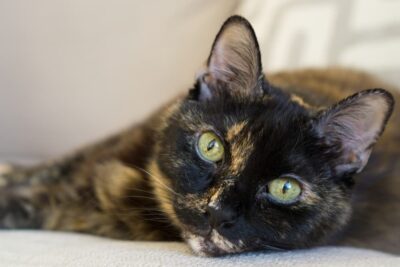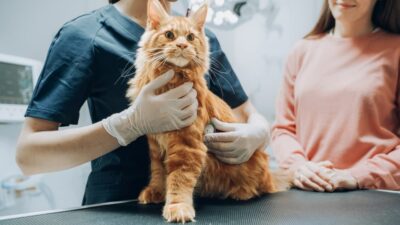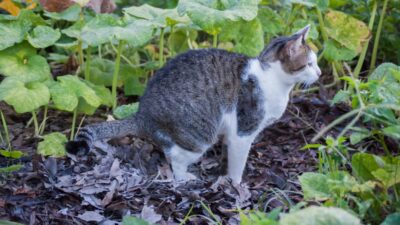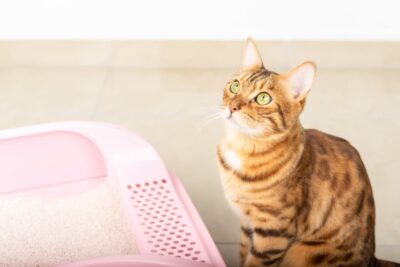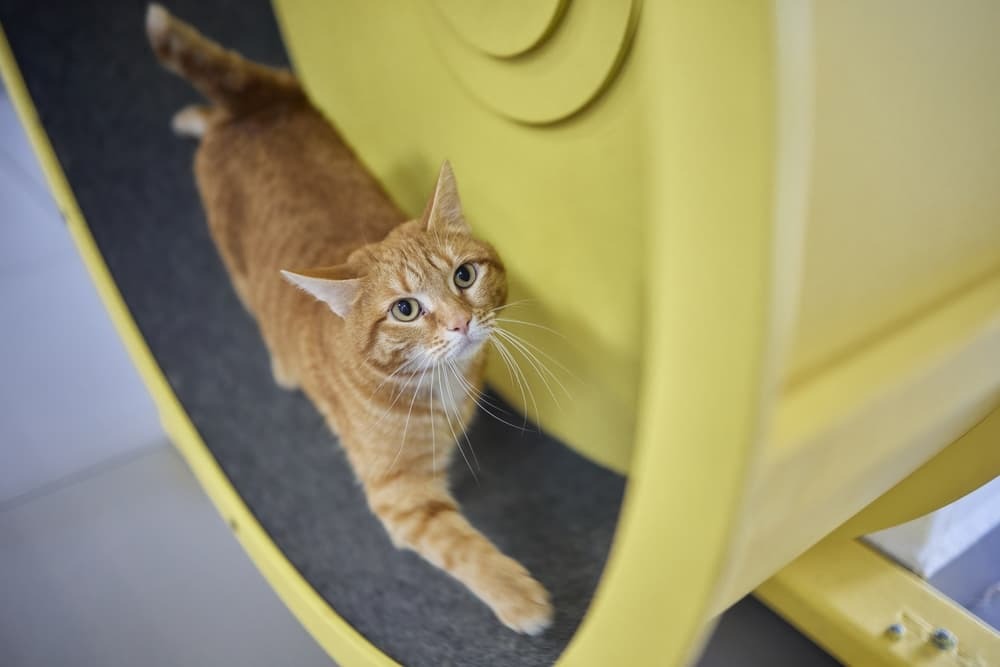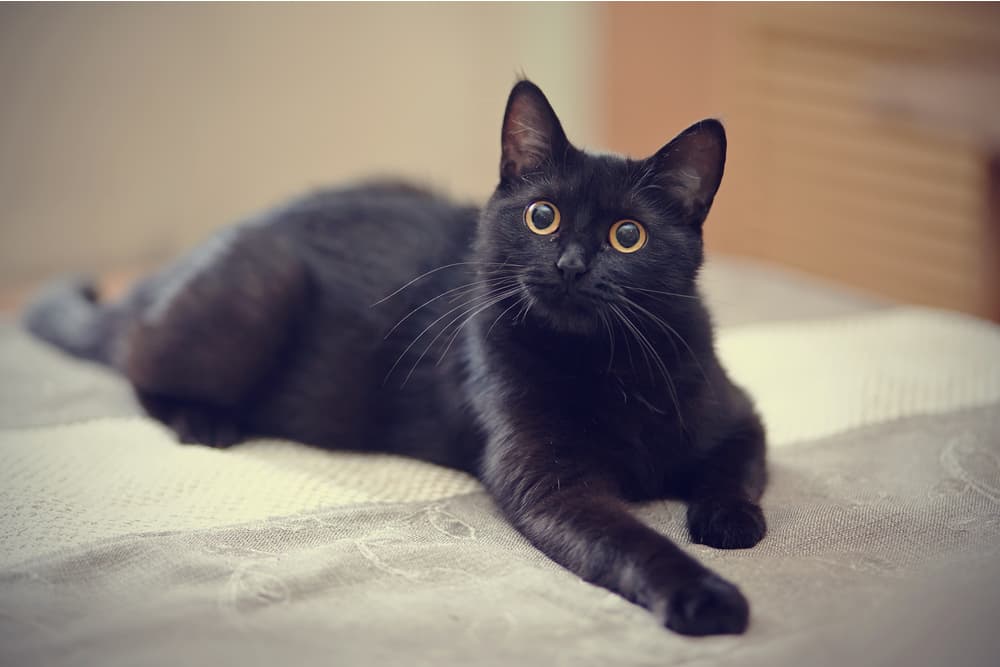Jaundice in Cats
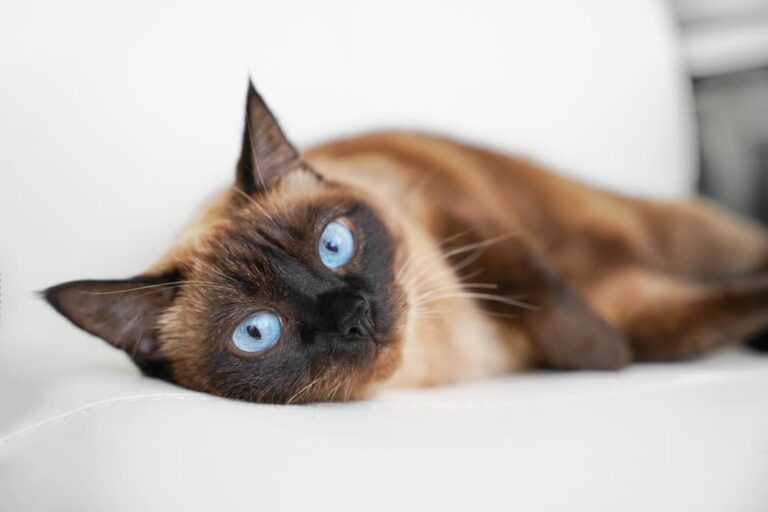
Overview
Most people know what jaundice looks like in humans — yellow skin and yellow eyes tend to be pretty noticeable. However, jaundice in cats may be more difficult to notice. Jaundice signals that your cat has a serious medical problem that needs to be investigated by a veterinarian as soon as possible.
Read on to learn what jaundice is, what it looks like in cats, what causes it, and whether jaundice can be reversed if the cause is treated appropriately.
What Is Jaundice?
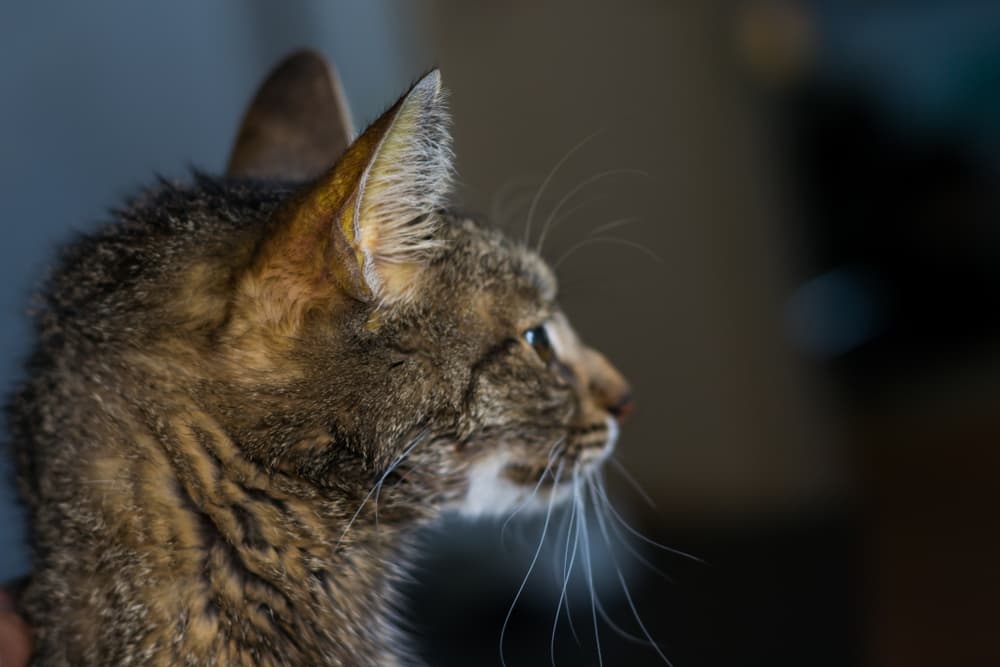
Jaundice is the general term for yellow discoloration of body tissues. Jaundice is also known as icterus. Jaundice is caused by an accumulation of a yellow-brown compound called bilirubin. Bilirubin is a bodily fluid that is created by the breakdown of red blood cells. Bilirubin is a major part of bile, which is a digestive fluid that is removed from the bloodstream by the liver. If the liver is damaged or if so many red blood cells are breaking down or being destroyed that it overwhelms the liver’s capabilities, bilirubin will leak into the bloodstream. When bilirubin leaks into the bloodstream, it stains body tissues and urine yellow.
What Does Jaundice Look Like in Cats?
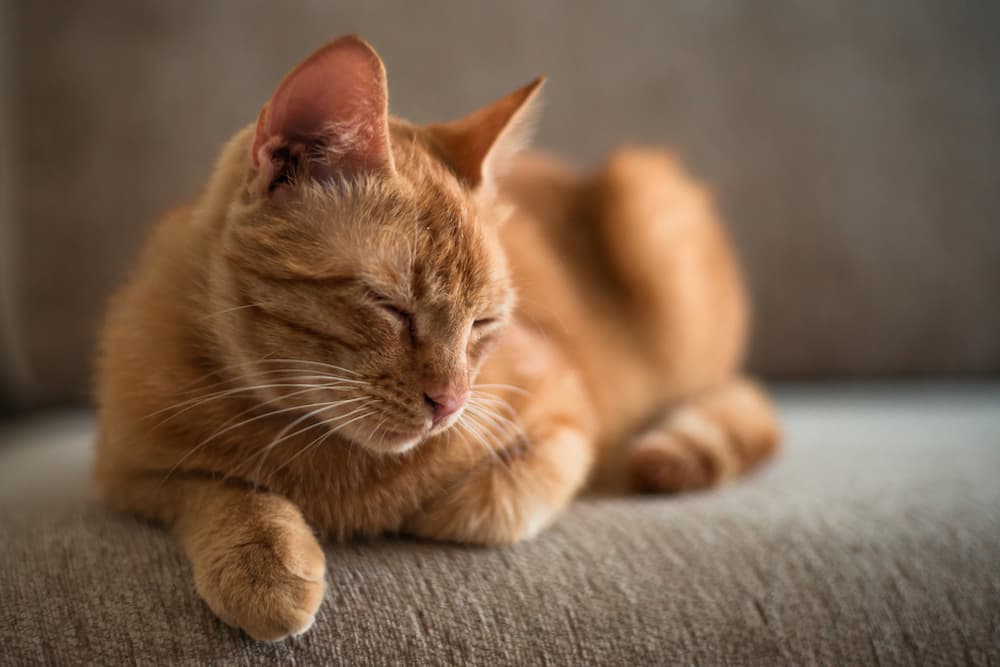
Jaundice causes yellow staining of bodily tissues, including eyes and skin. It can be difficult to notice if your cat is jaundiced, as much of their skin is covered in fur. Coat color doesn’t affect how easy jaundice is to recognize. The most likely places that you will notice jaundice is the hairless skin of the ears, the skin right above the eyes, and the whites of the eyes. Cats with yellow eyes are often the first thing that people notice.
Causes of Jaundice in Cats
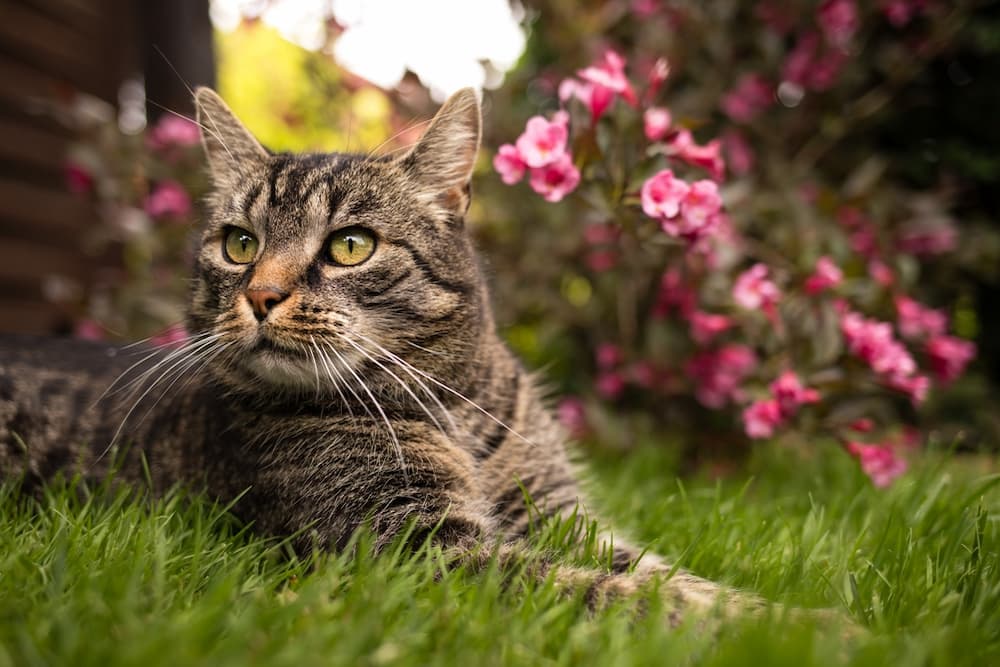
Veterinarians will put jaundice into one of three categories, depending on the cause of jaundice.
Pre-liver jaundice caused by destruction of red blood cells due to:
- Auto-immune disease
- Infectious diseases (FeLV, heartworm, tick-borne diseases, Mycoplasma haemofelis)
- Toxicity (onions, propylene glycol, certain antibiotics (TMS), zinc)
Liver-related jaundice caused by:
- Hepatitis (liver inflammation)
- Adverse drug reactions that injure the liver
- Cholangiohepatitis (liver and gallbladder inflammation)
- Hepatic lipidosis (fatty liver disease)
- Infectious liver disease
- Bacterial sepsis
- Liver cancer
- Hyperthyroidism
- Copper toxicity
Post-liver jaundice caused by:
- Obstruction of the bile duct with gallstones or sludged bile
- Pancreatitis
- Cancer of the pancreas, intestines, or bile ducts
- Liver flukes (parasites)
- Inflammation of the bile duct
Many of the conditions that cause jaundice in cats are considered life-threatening. Therefore, if you notice your cat is jaundiced, please make sure to take them to the veterinarian as soon as possible.
Other Symptoms Associated with Jaundice in Cats
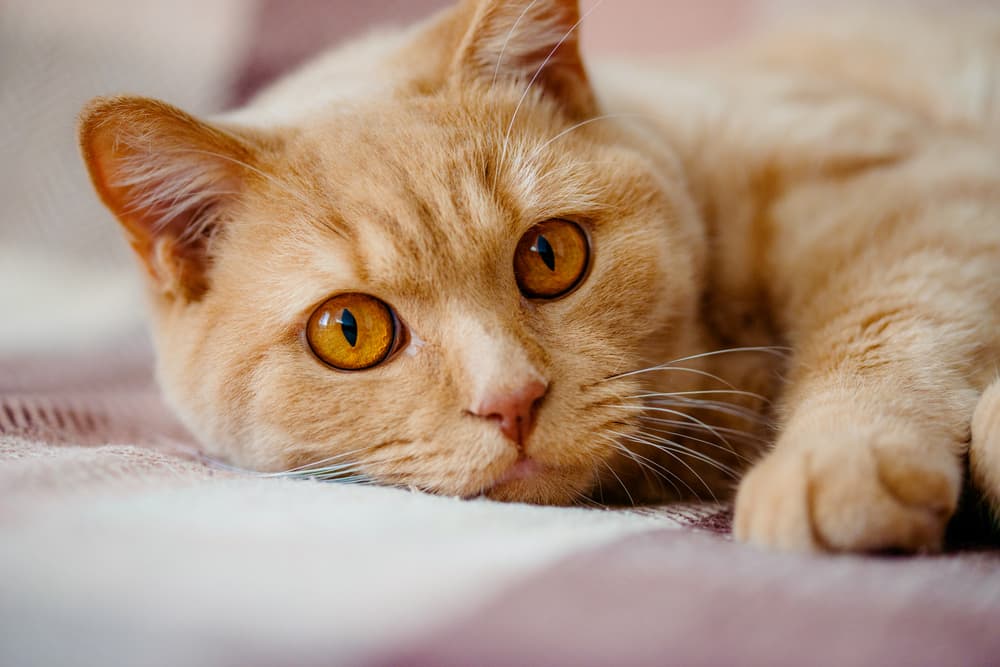
A jaundiced cat will usually have other symptoms that relate to the underlying cause of jaundice. If a cat has jaundice due to destruction of their red blood cells, they will likely act more tired than usual. If a cat has jaundice due to liver disease, they will likely not want to eat, have vomiting and/or diarrhea, and may exhibit strange behaviors associated with liver disease, such as head pressing, drooling, and seizures.
Diagnosing the Cause of Jaundice in Cats
If your cat is jaundiced, your veterinarian will want to conduct a physical exam and laboratory tests on blood and urine to determine the cause. Blood work will be important to check internal organ function (including the liver), electrolytes, and red blood cell health. Initial lab tests include serum chemistry, complete blood count, and urinalysis. If jaundice is related to red blood cell destruction, then anemia may be noted on blood work. If jaundice is related to liver failure in cats, then elevated liver enzymes will be noted on blood work.
Depending on what initial labs show, your veterinarian may recommend additional testing, which may include:
- Bile acids test
- Bilirubin assay
- Imaging studies, including ultrasound and/or radiographs (x-ray)
- Auto-agglutination and coagulation studies to determine if it is an issue with autoimmune destruction of red blood cells
- Liver biopsy
Jaundice in Cats Treatment
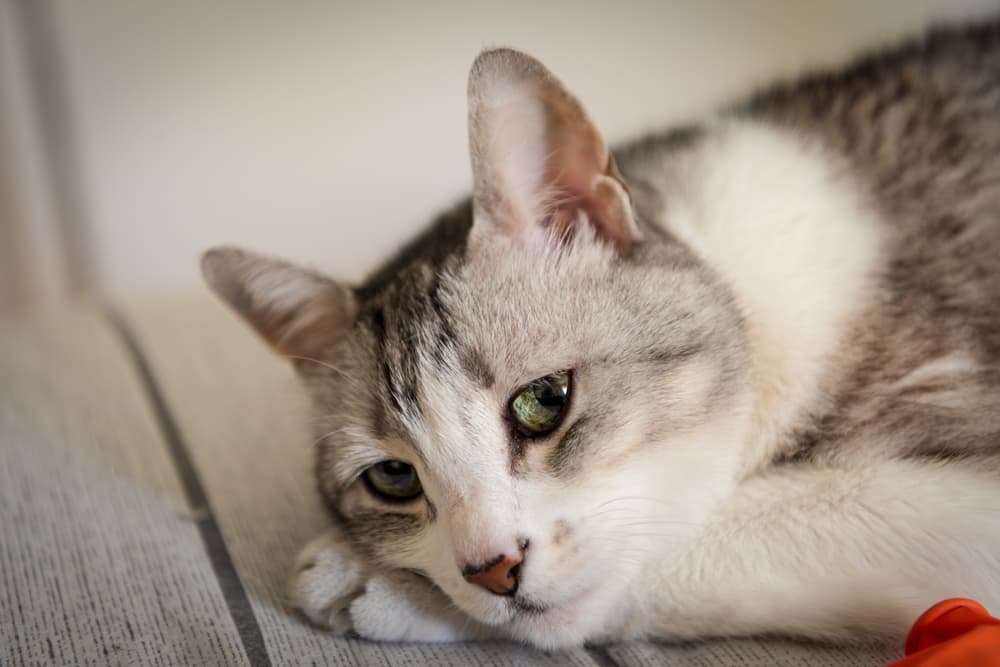
It is important to note that jaundice itself is not life-threatening, but the underlying disorder that is causing it might be, and must be treated. Jaundice in cats treatment is aimed at resolving the underlying cause of jaundice. If your cat has a blood disorder, that will be treated. If your cat has liver disease, that will be treated. If your cat has bile or gall bladder disease, that will be treated. Depending on the cause, surgery and/or hospitalization may be needed. If the underlying disorder is treatable, then jaundice is 100 percent reversible.
Prognosis for Cats with Jaundice
The prognosis for cats with jaundice depends on the underlying cause and whether it can be resolved, or not. In many cases, cats with jaundice can make a full recovery if properly treated. Your veterinarian will assess your cat and determine your cat’s prognosis.
How to Prevent Jaundice in Cats
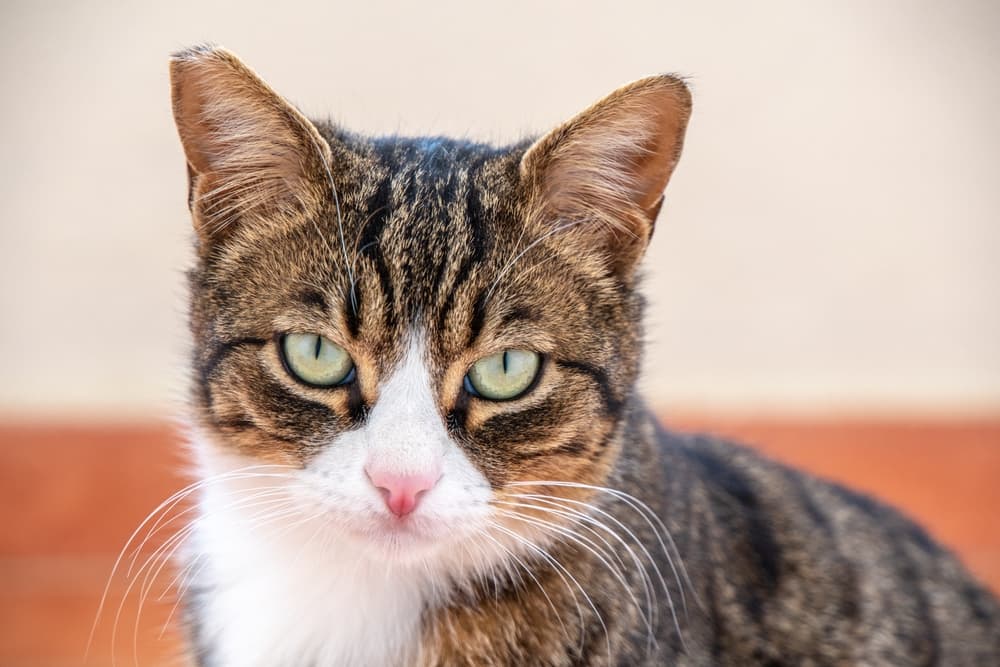
While you may not be able to prevent all causes of jaundice, there are things you can do at home to minimize your cat’s risk. These include:
- Having your cat examined yearly by a veterinarian and having any recommended lab tests performed
- Work with your veterinarian to keep your cat vaccinated appropriately for their lifestyle
- Feed your cat food that is AAFCO certified to be complete and balanced
- Keep your cat indoors, supervise outdoors activity by keeping them on a leash or keeping them in an outdoor enclosure
- If your cat doesn’t eat for more than two days, take your cat to the vet
- If your cat is vomiting, have them checked by a veterinarian
While jaundice can seem scary, there are often treatments available that can help your cat recover fully. Most causes of jaundice in cats can be successfully treated with early intervention — the survival rate of cats with jaundice is moderate to high. If you notice your cat is jaundiced, please take your cat to the veterinarian as soon as possible — by working with a veterinarian you trust you are more likely to help your cat recover quickly and without long lasting health complications.
